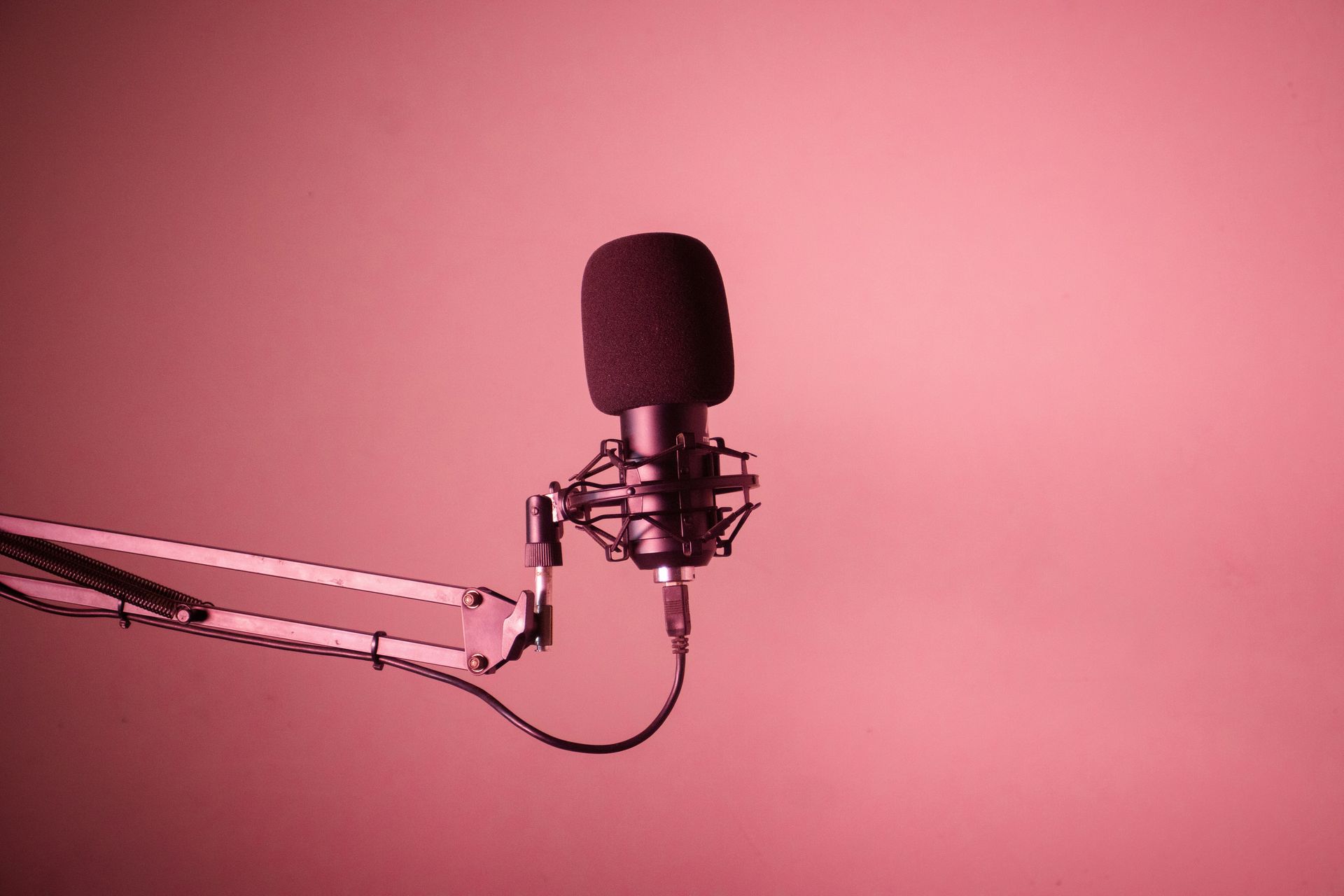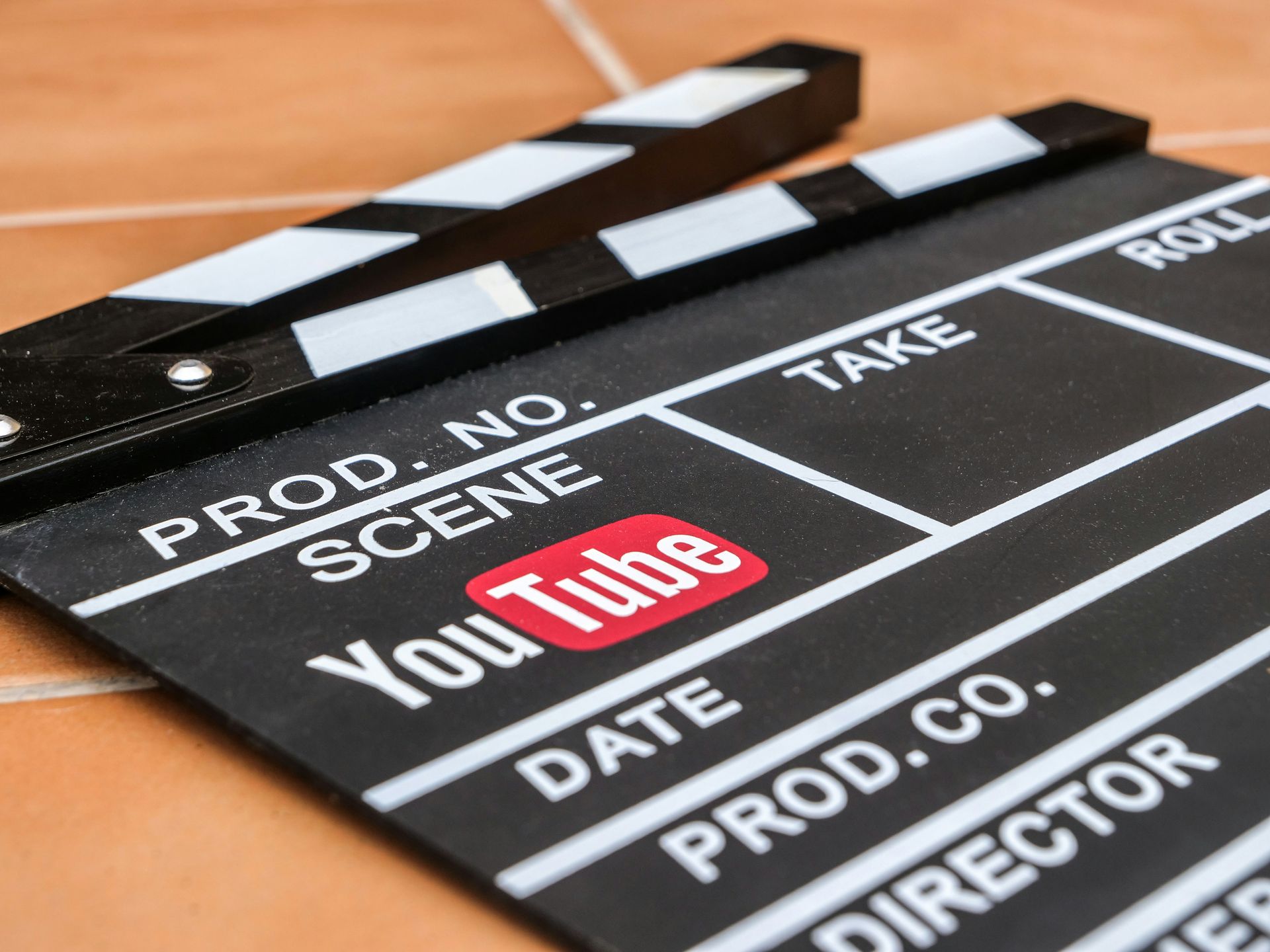and the distribution of digital products.
YouTube now speaks every language for you

YouTube has announced an expansion of its AI-powered auto-dubbing feature, designed to enhance content accessibility for creators and international audiences. This rollout comes as part of YouTube’s efforts to help independent creators break language barriers and reach wider audiences effectively. Creators can now automatically translate their videos into multiple languages, including Spanish, Portuguese, French, and Italian, among others, upon upload.
The auto-dubbing feature, first introduced last year, initially served a limited group of creators. Following the pilot, YouTube confirmed that it would expand access to hundreds of thousands of creators. The tool allows for the translation of videos originally in English and other languages to be dubbed automatically, with a simple opt-out option for those who prefer it. This expansion is expected to significantly benefit independent musicians and content creators who previously struggled to afford professional dubbing services.
YouTube’s auto-dubbing feature aims to provide a more natural-sounding audio experience, reflecting the creator’s tone and intonation. The latest enhancements include a development that preserves the ambiance of the original audio in the dubbed version, creating a more authentic and immersive experience for viewers. This improvement positions YouTube as a leader in leveraging AI technology to enhance user experience and accessibility.
Creators selecting the new auto-dubbing feature will notice its functionality when uploading fresh content. The automated system will not apply retroactively to existing videos at this initial rollout phase. Although the feature supports several languages, YouTube plans to incorporate additional languages in subsequent updates, further broadening its global reach.
 Auto-dubbing translates and dubs videos automatically, with an opt-out option for creators (Image credit)
Auto-dubbing translates and dubs videos automatically, with an opt-out option for creators (Image credit)
YouTube is not alone in the arena of AI translation innovations. Competing platforms like Spotify and Meta have introduced similar tools designed to enhance user engagement through automated language translations and voice cloning. Spotify has developed a feature that aims to provide a personal touch to podcast listeners, while Meta recently launched a universal language translator named SeamlessM4T, capable of handling over 100 languages.
YouTube’s expansion of auto-dubbing capabilitiesThe ongoing developments surrounding YouTube’s auto-dubbing will undoubtedly expand access for creators hoping to maximize their reach globally. The AI-powered tool will automatically translate and dub English language videos into several languages, now including German, Hindi, Indonesian, and Japanese, effectively making it easier for content creators to cater to a multi-lingual audience.
All creators interested in enabling this feature will receive notifications via email as YouTube rolls it out, ensuring a smooth transition into a more inclusive content-sharing platform.
YouTube AI: Dream Screen, AI suggestions, and more
The expectation of this tool democratizes the process of content creation on YouTube, making it accessible even for those without substantial resources.
While YouTube sets the stage for a more globally connected creator economy with its auto-dubbing feature, the ongoing performance and reliability of AI technology in accurately translating content remain in focus as advancements continue.
Further developments in this area are anticipated as the rollout progresses, keeping both creators and audiences engaged during this technological evolution.
Featured image credit: Ritupon Baishya/Unsplash
- Home
- About Us
- Write For Us / Submit Content
- Advertising And Affiliates
- Feeds And Syndication
- Contact Us
- Login
- Privacy
All Rights Reserved. Copyright , Central Coast Communications, Inc.